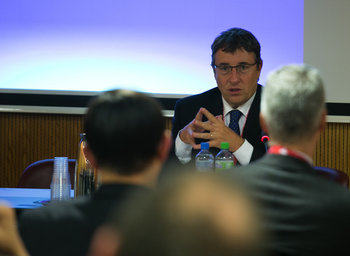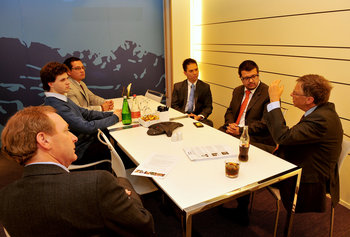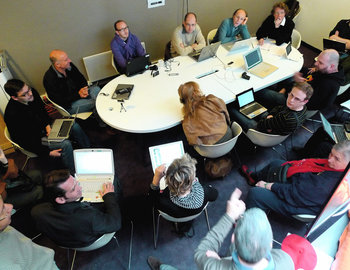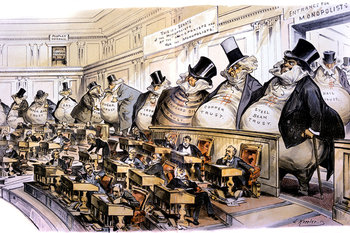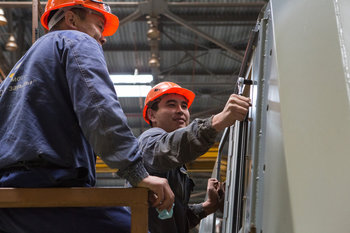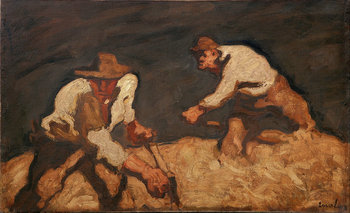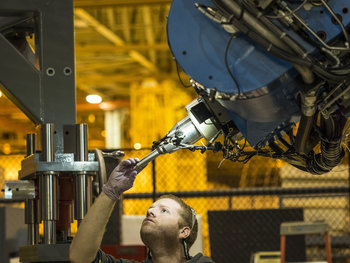Automation
The use of systems and robotics to reduce the amount of labor that goes into the production of a product or delivery of service. General corporate overhead can also be automated. For example, a firm that completely automates customer billing such that human involvement is minimal.Know-How
Knowledge and knowledge processes can reduce costs. For example, an unusually skilled customer service representative may increase customer satisfaction at a hotel more than expensive renovations to rooms.Organizational Culture
Organizational culture has a significant impact on productivity, risk management and cost reduction efforts. For example, a CEO who takes economy class flights to set an example for frugality across a firm.Tools
Tools such as application software, equipment and machines can dramatically improve the productivity of employees. For example, a farmer with a combine harvester that breaks down once every 10 years will be more productive than a farmer with a combine harvester than breaks down every 5 hours.Scale
Unit costs tend to drop as you achieve greater scale. This is known as economies of scale. For example, a farmer managing 500 acres of apple trees may produce a bushel of apples for $4 where a farmer managing 5 acres has costs of $7 a bushel.Sourcing
Cost leadership depends on low input costs such that purchasing is an important consideration. Purchasing benefits from economies of scale whereby you are likely to get a bigger discount if you buy more. For example, a big box retailer that purchases a million units of shampoo a month for $2 a bottle where a family corner store buys the same product for $4 because they only purchase 20 units a month.Location
Location has a large impact on costs such as land, labor, electricity and supplies. For example, a hotel 4 blocks from a beach may cost $5 million where a hotel the same size on the beach represents a $50 million investment. This gives the further hotel far less capital costs such as interest expense such that its cost for offering room inventory is fundamentally lower.Notes
Cost leadership strategy says nothing about price and is completely independent of price strategy. It is incorrect to say that cost leadership strategy aligns to a particular pricing strategy such as price leadership. This being said, cost leadership gives a firm great flexibility in pricing as they can charge lower prices and remain profitable. Alternatively, a cost leader could charge market prices and generate more cash then the competition that can be reinvested in the business.Efficiency, productivity and risk management are the basic dimensions of cost. Productivity is the efficiency of labor. Risk management can reduce costs by reducing future losses such as machines that break down.| Overview: Cost Leadership Strategy | ||
Type | ||
Definition | A plan to reduce unit costs for a product or service to the lowest of all competitors in an industry. | |
Related Concepts | ||








